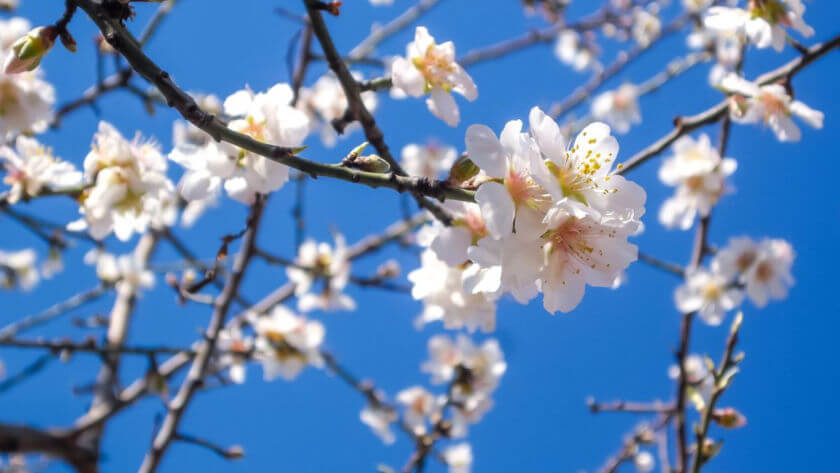-
26
Jan 2023
Almond Blossom in La Axarquía
Spring has begun in La Axarquía although we have only had a relatively mild winter so far . Ok, we have had a few stormy weeks with more precipitation in December and the temperatures over the last few nights are just above freezing. So we see the mild winter reflected in nature, including the first blossom that has already been spotted on the almond trees scattered across the mountainous landscape of La Axarquía.
In our area of Canillas de Aceituno and Sedella too, these flowers will soon show themselves in their full glory. Where many almond trees stand together, it almost looks like snow, they are so white! And not only is this blossom beautiful to the eye, it smells great too!
For the last few years, however, these trees have been blooming earlier than usual. Normally, the first blossom starts to show at the end of January, maybe early February. But climate change is also visible here in southern Spain.
Just some facts about this tree in Spain. The almendros (in Latin, Prunus Dulcis) are found in large numbers in Spain. From 2020 figures, it would be around 660,000 hectares. This also makes Spain the third largest country in the world when it comes to almond production. The United States and Australia are the largest producers. Besides being a major producer, Spain is also a major consumer of almonds. It is used as a snack (roasted and/or salted) or as an ingredient in many recipes but think also of Spanish nougat and marzipan. But apart from Spanish consumption, it is the Germans who are the biggest consumer.
In the villages of La Axarquía, almonds are an important source of income for many families. They are 'beaten' from the tree, picked, shelled, and dried before being sold for further processing.
For the tree to grow optimally, a temperature between 15 and 30 degrees is needed. After blossoming, almonds soon appear on the tree, and then they can be harvested in summer. After the almonds are harvested, the trees look very bare, it even looks like they won't make it to the next year. The bark is robust and almost black, they even look burnt but fortunately, this is their normal appearance... later the trees suddenly sprout leaves again.
For now, we are enjoying the budding blossoms and their fragrant eroma. Definitely an extra reason to visit this region in January or February with the added bonus of being able to escape the cold, wet weather of northern Europe!




